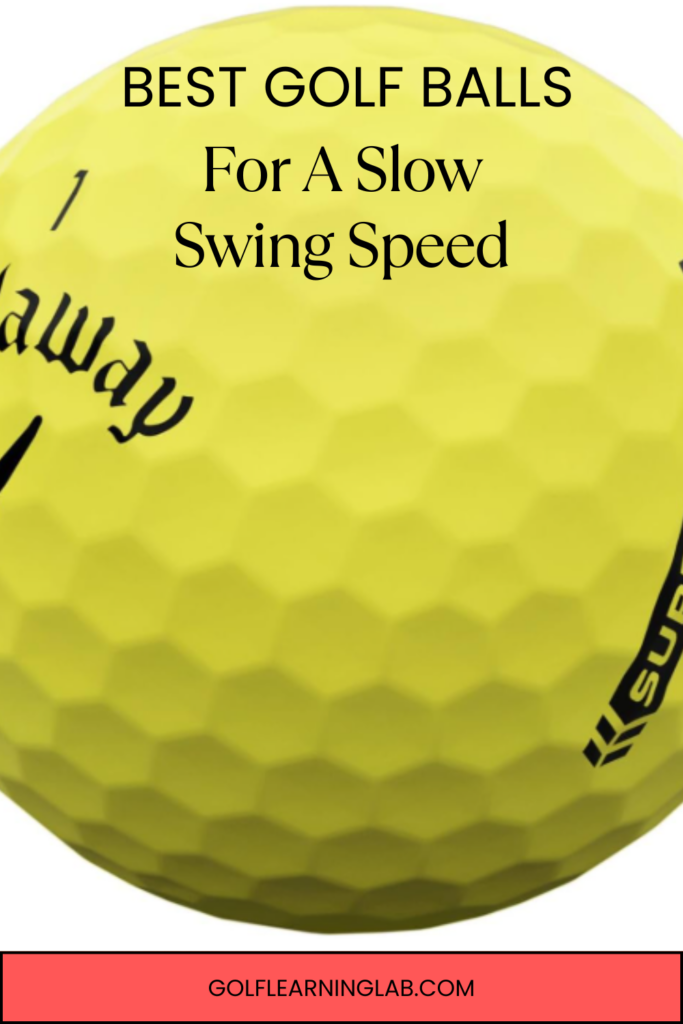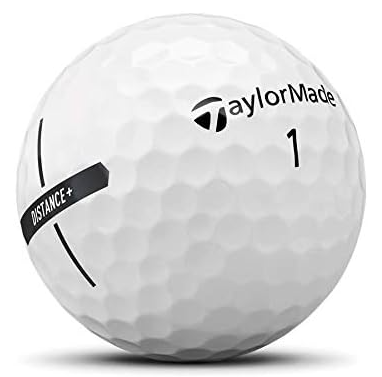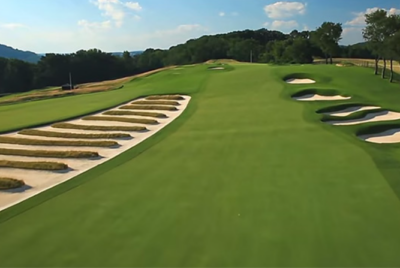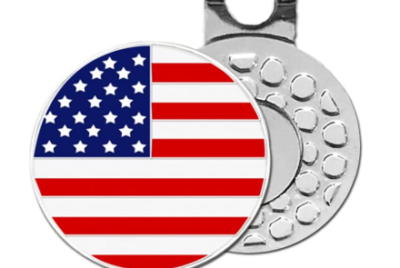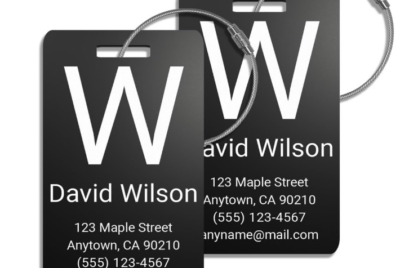Best Golf Ball For Slow Swing Speed
As someone who’s spent what seems like half my life on the golf course and helped fellow golfers improve their games, I can tell you that finding the best golf ball for slow swing speed is one of the most overlooked aspects of golf improvement. You might be surprised to learn that the wrong golf ball can cost you 10-20 yards of distance and significantly impact your accuracy. I’ve seen players struggle for years with balls that simply don’t match their swing characteristics, and it breaks my heart because the solution is often so simple.
If you’re like most players, you probably swing the driver somewhere between 80-95 mph, which puts you squarely in the “slow to moderate” swing speed category. This isn’t something to be ashamed of – it’s simply physics (and if you are like me, age) but once you understand how to work with your natural swing speed rather than against it, you’ll see dramatic improvements in your game. The key is understanding that golf balls are not one-size-fits-all, and the tour-level balls your favorite pro uses might actually be hurting your performance. Don’t get me wrong- I love a Titleist– it “feels” great, and I often pull one out of the bag when I get up around the green.
Why Your Swing Speed Matters More Than You Think
Think of a golf ball like a spring – when you compress it properly, it stores energy and releases it efficiently. When you don’t compress it enough, you’re essentially hitting a rock that doesn’t give you the energy transfer you need for maximum distance. This is exactly what happens when slower swing speed golfers use high-compression balls designed for tour players who swing 110+ mph.
The relationship between swing speed and ball compression is like trying to squeeze a tennis ball versus a racquetball. If you don’t have enough strength to compress the tennis ball, you won’t get the bounce-back effect that creates distance. Golf balls work the same way – they need to be compressed at impact to spring off the clubface with maximum energy transfer. When I work with golfers who have slower swing speeds, I always explain that they’re not looking for the hardest ball or the most expensive one; they’re looking for the ball that responds best to their specific swing characteristics.
Understanding Compression Ratings
Compression ratings typically range from 30 to 100, with lower numbers indicating softer balls that compress more easily. For golfers with swing speeds below 95 mph, I generally recommend balls with compression ratings between 30-70. These balls will compress fully at impact, giving you that satisfying feel and optimal energy transfer that translates to longer drives and better overall performance.
Here’s something most golfers don’t realize: a ball with 40 compression hit by a 90 mph swing will often travel farther than a 90 compression ball hit by the same swing. It’s counterintuitive, but the physics don’t lie. The softer ball compresses fully, stores the energy, and releases it efficiently, while the harder ball stays relatively rigid and doesn’t give you the same energy return.
Top Features to Look for in Golf Balls for Slower Swings
When I’m helping my buddies choose the best golf ball for slow swing speed, I focus on three critical features: compression rating, core construction, and aerodynamic design. The compression we’ve already discussed, but the core construction is equally important. Multi-layer balls with soft cores and responsive outer layers can help maximize distance while maintaining feel around the greens.
The aerodynamic design becomes crucial for slower swing speeds because these balls spend more time in the air and are more affected by drag. Look for balls with advanced dimple patterns that are specifically designed to reduce drag and maintain lift at lower velocities. Some manufacturers have developed dimple patterns that actually help slower-moving balls stay airborne longer, which can add significant distance to your drives.
The Science Behind Soft Golf Balls
Soft golf balls aren’t just about feel – they’re about physics- and physics is my business! When you strike a soft ball with a slower swing, the ball deforms significantly at impact, creating a larger contact area with the clubface. This increased contact time allows for better energy transfer and can even help correct slight mishits by providing more forgiveness. I’ve seen golfers gain 15-20 yards simply by switching to a properly matched soft ball.
The launch angle optimization is another crucial factor. Soft balls tend to launch higher with slower swings, which helps achieve the optimal trajectory for maximum carry distance. For most recreational golfers, this higher launch angle is exactly what’s needed to maximize distance, especially when combined with the appropriate driver loft.
Dimple Patterns and Their Impact
The dimple pattern on a golf ball creates the aerodynamic properties that keep it aloft. For slower swing speeds, you want dimple patterns that create low drag and high lift. Some manufacturers have developed specific dimple designs that work exceptionally well at lower velocities, helping the ball maintain its flight characteristics even when it’s not traveling as fast as a tour pro’s shot.
My Top Recommendations for the Best Golf Ball for Slow Swing Speed
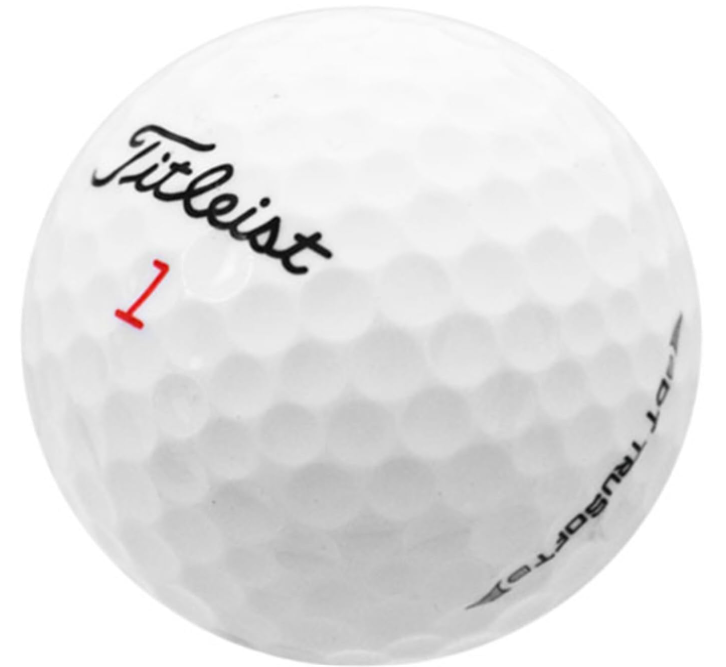
After years of testing and helping golfers improve their games, I’ve identified several outstanding options that consistently deliver results for slower swing speeds. My top overall recommendation is the Titleist DT TruSoft, which offers excellent compression characteristics and outstanding feel. The 60 compression rating is perfect for most recreational golfers, and the soft feel doesn’t sacrifice durability. But, for the love of God, don’t buy new ones- particularly if you are a new player. You’re going to loose most of them- so I always say- get some used ones!
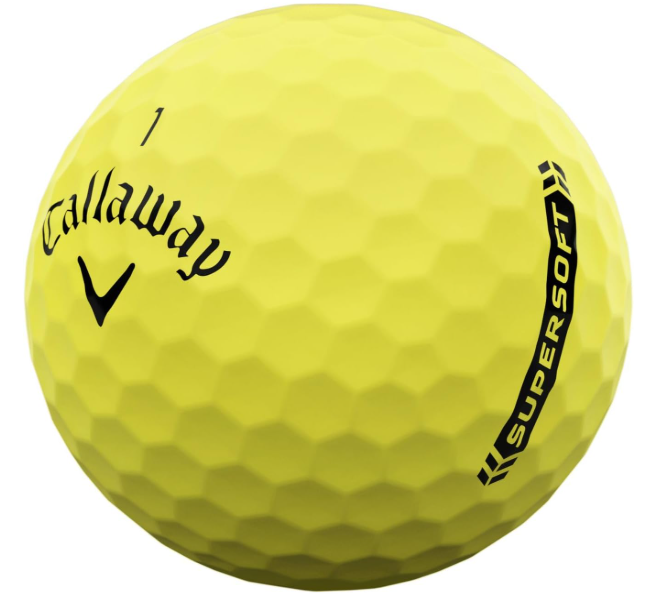
For golfers looking for maximum distance, I highly recommend the Callaway Supersoft. True to its name, this ball is incredibly soft with a 38 compression rating, making it ideal for swing speeds in the 80-95 mph range. I’ve personally tested this ball with dozens of golfers, and the distance gains are consistently impressive. The aerodynamic design helps maintain ball speed throughout the flight, and the soft feel around the greens is a bonus that many golfers don’t expect.
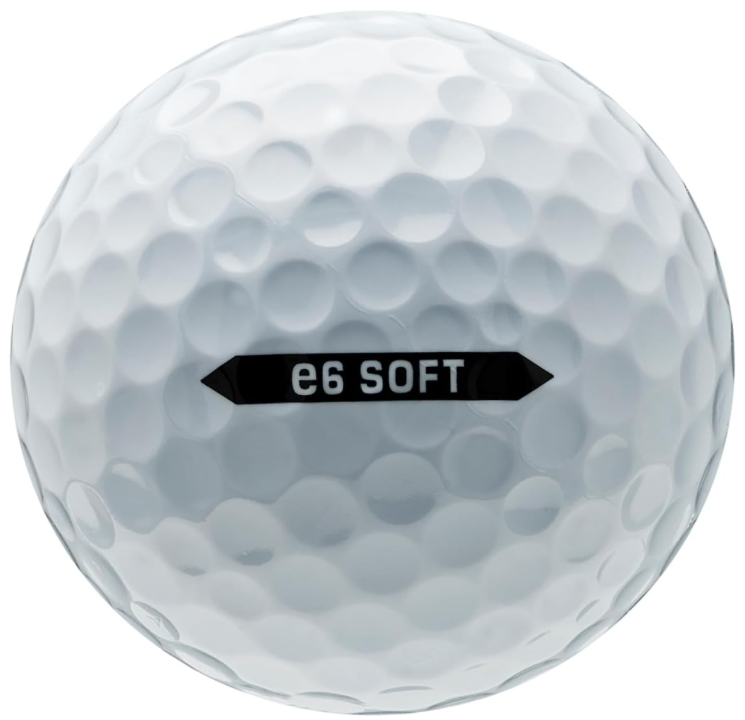
The Bridgestone e6 is another excellent choice that I frequently recommend. It’s specifically designed for golfers with moderate swing speeds and offers exceptional straight flight characteristics. If you struggle with slices or hooks, this ball can help reduce side spin and keep your shots closer to the target line. The compression rating sits right in the sweet spot for most recreational golfers, and the price point makes it accessible for regular play.
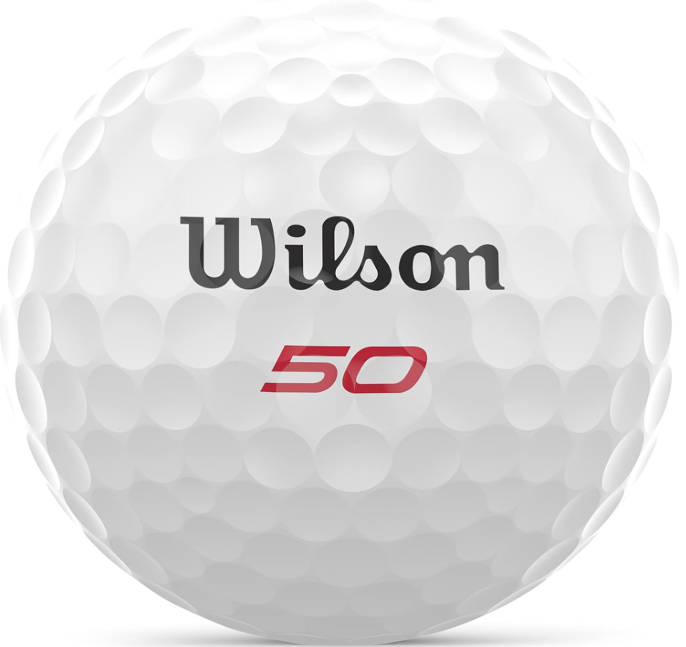
Budget-Friendly Options That Deliver Results
You don’t need to break the bank to find an excellent golf ball for slower swing speeds. The Wilson Staff Fifty Elite is a fantastic budget option that punches well above its weight class. With a 50 compression rating and innovative core design, it provides excellent distance and feel at a fraction of the cost of premium balls. I’ve recommended this ball to countless golfers who were skeptical about spending less, and they’re consistently amazed by the performance.
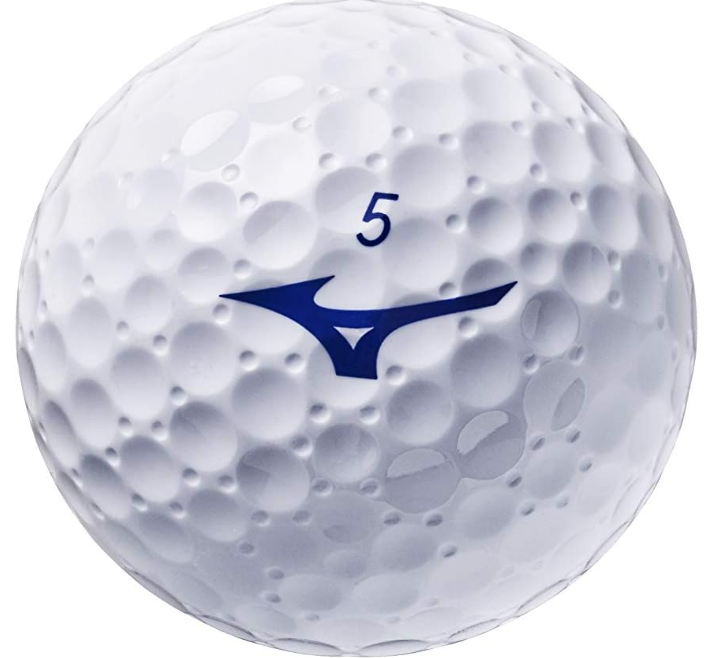
The Mizuno RB 556 is another budget-friendly option that delivers impressive results. The low compression rating makes it perfect for slower swings, and the advanced dimple pattern helps maintain distance even in windy conditions. For golfers who play frequently and want to keep costs down without sacrificing performance, this ball is hard to beat.
Premium Choices for Serious Improvement
If you’re serious about improving your game and don’t mind investing in premium equipment, the TaylorMade Distance+ is an exceptional choice. This ball combines low compression with advanced aerodynamics to deliver maximum distance for slower swing speeds. The high-energy core and aerodynamic design work together to create impressive ball speeds even with moderate swing speeds.
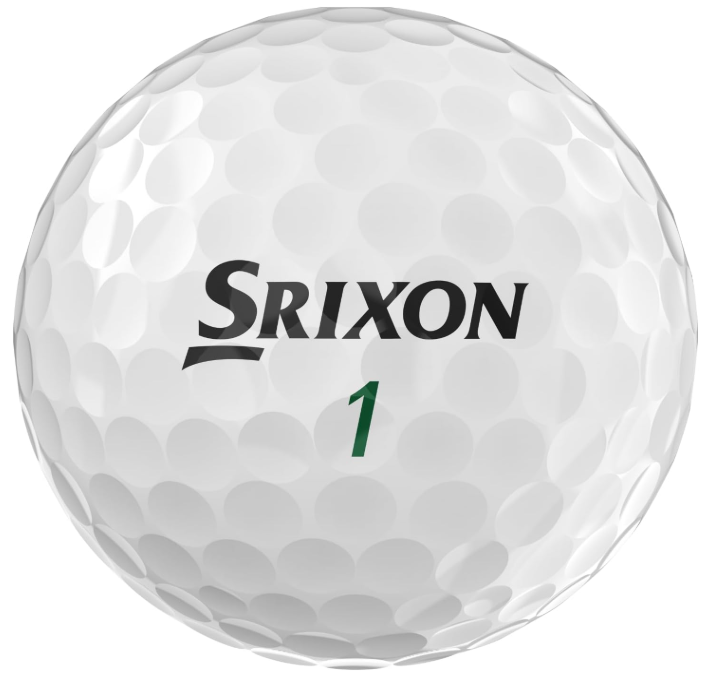
The Srixon Soft Feel is another premium option that I regularly recommend to golfers looking to take their game to the next level. The 60 compression rating is ideal for most recreational players, and the three-piece construction provides excellent feel and control around the greens. The FastLayer Core technology helps create optimal launch conditions for slower swings, resulting in longer, more accurate shots.
How to Test and Choose Your Perfect Golf Ball
Finding the best golf ball for slow swing speed isn’t just about reading reviews – you need to test balls on the course to see how they perform with your specific swing. I always recommend starting with a variety pack or buying sleeves of different balls to test during practice rounds. Pay attention to how the ball feels off the tee, how it behaves on approach shots, and how it performs around the greens.
Keep a simple scorecard noting which ball you’re using on each hole and track your distances with each ball type. You might be surprised to discover that the most expensive ball isn’t necessarily the best performer for your game. I’ve seen golfers gain significant distance and improve their scores simply by switching to a ball that better matches their swing characteristics.
On-Course Testing Strategies
When testing golf balls, try to play in similar conditions and use the same clubs for comparison. Hit multiple shots with each ball type from the same location when possible, and pay attention to both distance and accuracy. Don’t just focus on driver distance – consider how the ball performs with your irons, wedges, and putter as well.
Remember that feel is subjective, but performance is measurable. If a ball feels great but doesn’t improve your distances or accuracy, it might not be the right choice for your game. Conversely, if a ball feels different but delivers better results, give it a few rounds to adjust to the feel. Your brain will adapt to the new ball characteristics faster than you might expect.
The journey to finding your perfect golf ball is part of the fun of improving your game. Don’t be afraid to experiment with different options, and remember that as your swing improves, your ball requirements might change too. The best golf ball for slow swing speed is ultimately the one that helps you play your best golf and enjoy the game more.
When you find that perfect ball – the one that flies farther, feels better, and helps you score lower – you’ll wonder why you waited so long to make the switch. The right golf ball won’t magically fix swing flaws, but it will help you get the maximum performance from the swing you have right now. And in golf, every yard counts, every stroke matters, and every improvement brings more enjoyment to this wonderful game we all love.
Frequently Asked Questions
Q: How do I know if I have a slow swing speed? Most recreational players (that’s you and me) have swing speeds between 80-95 mph with their driver. If you’re consistently hitting drives under 220 yards in normal conditions, you likely have a slower swing speed and would benefit from a low-compression golf ball designed for your swing characteristics.
Q: Will using the wrong golf ball really make that much difference in my game? Absolutely. Using a ball that doesn’t match your swing speed can cost you 10-20 yards of distance and affect your accuracy. I’ve seen golfers improve their scores by 3-5 strokes per round simply by switching to a ball that better suits their swing speed and style.
Q: How often should I reassess my golf ball choice? A: I recommend reassessing your ball choice annually or whenever you make significant changes to your swing or equipment. As your swing speed increases through practice and lessons, you might need to adjust to a slightly firmer ball to maintain optimal performance.
